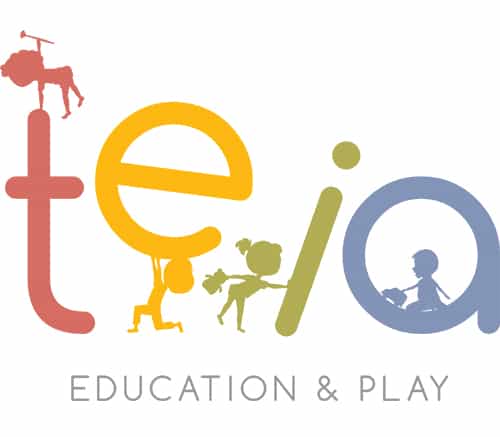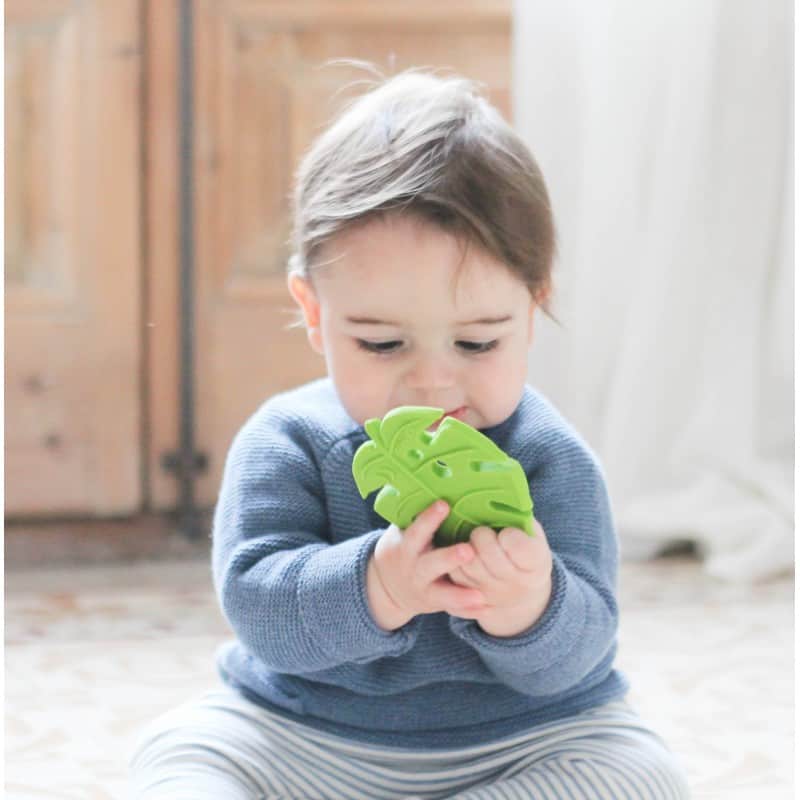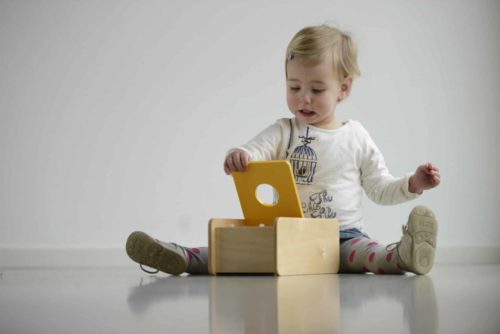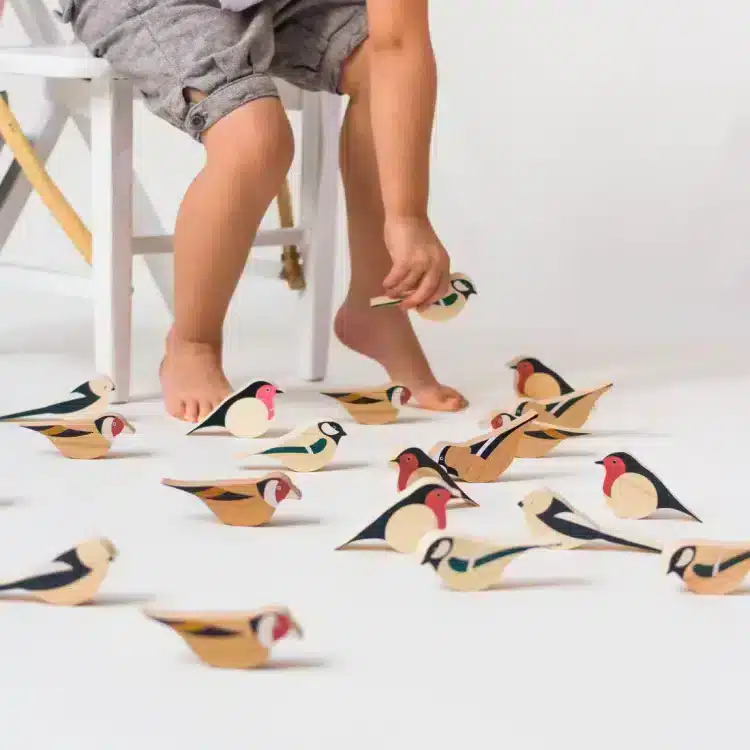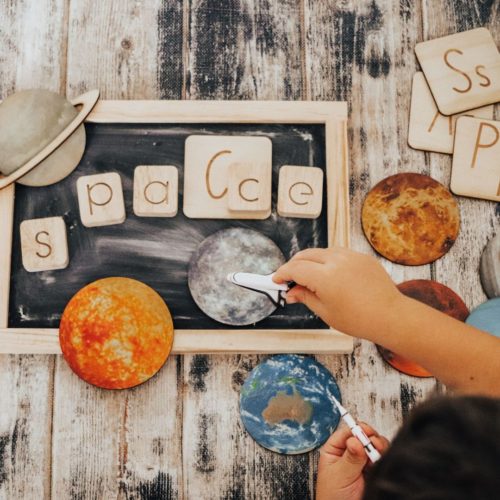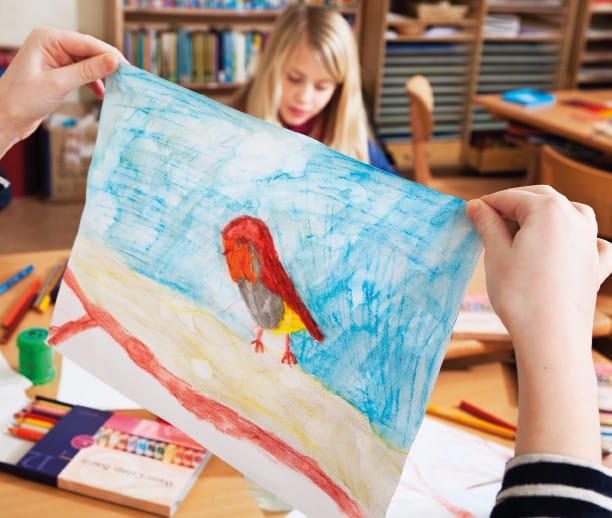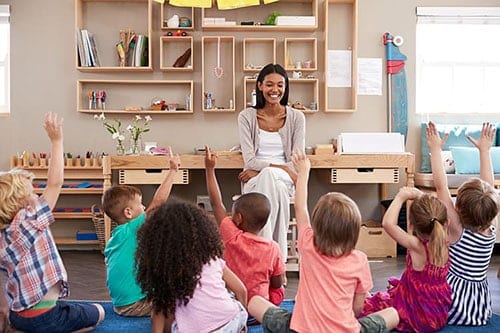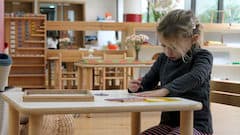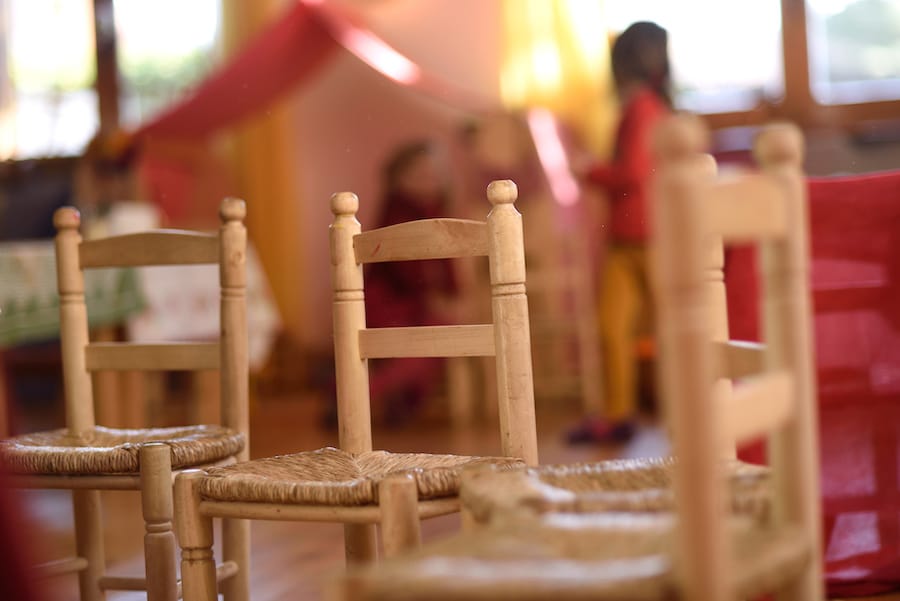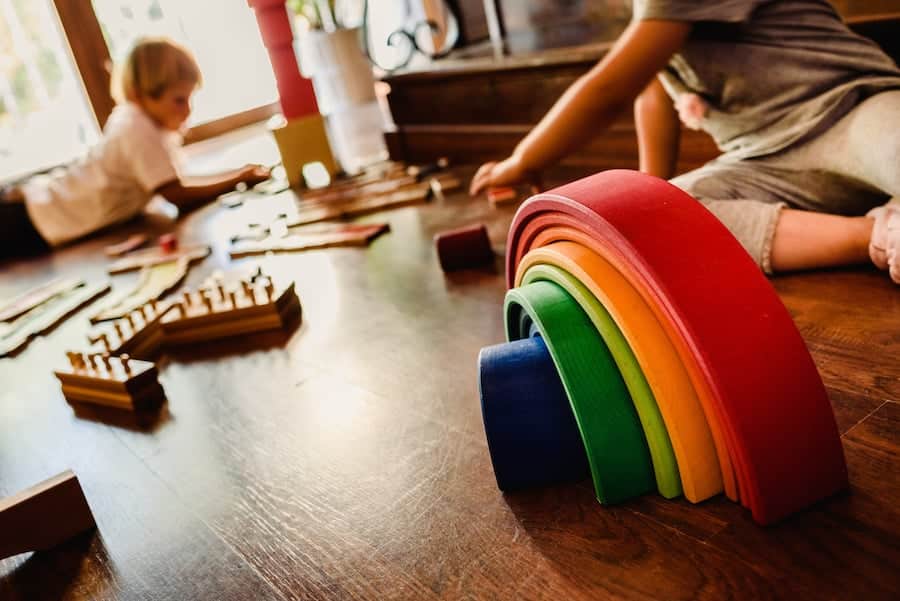Education at home, Education Methods
What is the difference between Montessori and Waldorf education?
What is the difference between Montessori and Waldorf education? This is a question people often ask, perhaps because there are similarities between the two pedagogies. Both are very holistic methods that focus on educating the whole child.
Both the Montessori and Waldorf methods of education place great importance on character development and the nurturing of practical life skills. Hands-on learning using high-quality, natural materials is key in both, without the use of technology. Both pedagogies emphasise a deep respect for the child, paying special attention to each individual child’s needs and interests, and both aim to cultivate a life-long love of learning.
However, there are also many differences between Montessori and Waldorf!
The founding philosophies of Montessori and Waldorf
Montessori education
Montessori education was established in Italy in 1907 by Dr Maria Montessori, a medical doctor and anthropologist. The fundamental ethos is to ‘follow the child’ – learning is child-centred with the teacher guiding rather than directing all of the learning.
The focus in Montessori education is on children having an innate desire to learn about the world around them and providing them with carefully designed, developmentally appropriate materials that enable them to do so, following where their own interests take them. Montessori described her method as ‘education for peace’, aiming to help the child find inner peace which can then filter out into peace in the world.
Waldorf Steiner education
Waldorf education is based on the educational philosophies of Rudolf Steiner, an Austrian philosopher and social reformer, and the founder of Anthroposophy. Also known as Steiner education, the name comes from the Waldorf-Astoria company where Steiner established a school for the children of the employees in Germany in 1919.
Steiner described the young child as a “wholly sense organ” much more attuned to their senses than adults. The learning approach is referred to as education of the “head, heart and hands”. Unstructured, imaginative play without much adult interference is encouraged and believed to be the key to creative thinking in later life. Play is deemed to be the work of the young child.
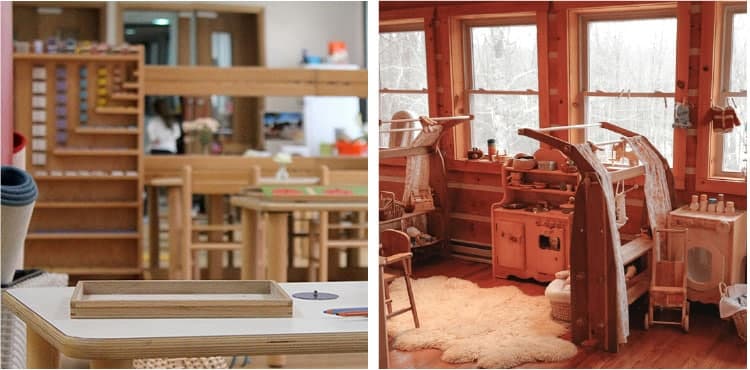
Montessori materials and classroom
Many of the materials used in Montessori learning were designed by Maria Montessori herself and were refined in her own classrooms, such as the pink tower, the brown stair, the cylinder blocks and the red rods.
A ‘prepared environment’ of specially designed materials and activities is provided to promote learning through play that is led by the child’s own interests. The Montessori materials, or “apparatus” were crafted in collaboration with first with Gonzagarredi Montessori and later on as well with Nienhuis Montessori. To this day both brands still produce the Montessori materials which are certified by the Association Montessori Internationale (AMI).
Learning according to the Montessori pedagogy is self-directed and self-paced so the child chooses an activity from an array of carefully planned, hands-on and self-corrective materials, usually presented on trays or in natural baskets on low, accessible shelves. Montessori classrooms are filled with materials inviting children to learn through touching, comparing and organising.
Practical activities are incorporated from everyday life such as cooking, cleaning, gardening and sewing, with child-sized furniture and tools, all made from high-quality, natural materials.
Montessori and the sensitive periods
The Montessori method is attuned to “sensitive periods” when the individual child is most interested, absorbed and ready to learn something – so that the work feels like play. Activities and environments are adjusted to meet the right level of learning and challenge. As well as individual child-led activities, lessons are 1-1 or in small groups to ensure learning at the child’s own pace.
Images and books convey real-life scenes from nature, the home or the world around us, and fantasy is not introduced in the early years.
Montessori classes contain 3 year groups together, so that younger children learn from the older children and the older children act as role models.
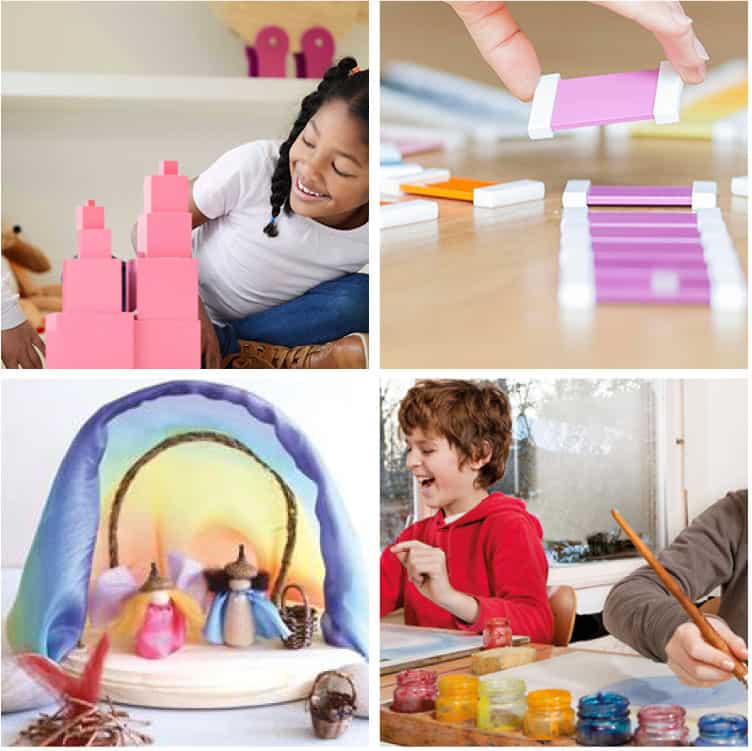
Waldorf materials and classroom
Waldorf classrooms (at Rudolf Steiner schools) use warm, pastel colours, natural light and modular natural wooden furniture to allow the teacher to reconfigure the space. Lots of empty space is incorporated to enable open-ended play to spread and children to move freely.
The warmth and colour extends to the materials – the use of wood and natural fibres is believed to be very important to the senses of the child, to promote the child’s relationship with the living world, and to cultivate an appreciation of beauty and the importance of caring for nature and the things around us.
Waldorf toys are open-ended so that they can be played with in a variety of ways. Their purpose is never too fixed in order to leave room for imagination and they include wooden, anthroposophic toys, play silks, items from nature and hand-crafted items. A lot of Waldorf inspired brands offer handmade wooden toys, such as Grapat, Grims’s, Glückskäfer and Flockmen. Though amongst others the brands Stockmar, Nanchen Natur, Debresk, Filges, Filia, Lyra and Sarah’s Silks are considered to provide the original and high-quality supplies for Waldorf Schools.
The Waldorf Steiner approach
The Waldorf approach is more teacher-led, with groups working with the teacher to learn the same thing, including practical activities such as gardening, cooking and cleaning.
There is a great emphasis on story-telling, the spoken word and fantasy. Formal reading, writing and maths is postponed until the age of 7-9. Handcrafts are key with creativity through arts across the curriculum.
There are lots of outdoor activities in all weathers and throughout the seasons. Everything is geared to nurturing the child’s 12 senses and grounding them in seasonal rhythms and beauty for spiritual growth. Teachers stay with the same class for 5-8 years to help enable a deep understanding of each child’s learning style and needs.
Spiritual and philosophical aspects of the Waldorf pedagogy
The spiritual and philosophical aspects of the Waldorf pedagogy is perhaps the biggest difference between the two methods. Both pedagogies have so many benefits and as a mother I chose to incorporate aspects of both at home, adapting different elements for a blended approach.
I will continue my study of both methods and welcome your thoughts on the similarities and differences and what you love about either!
